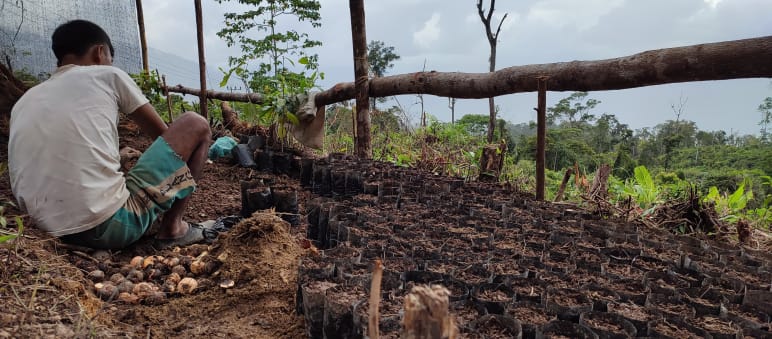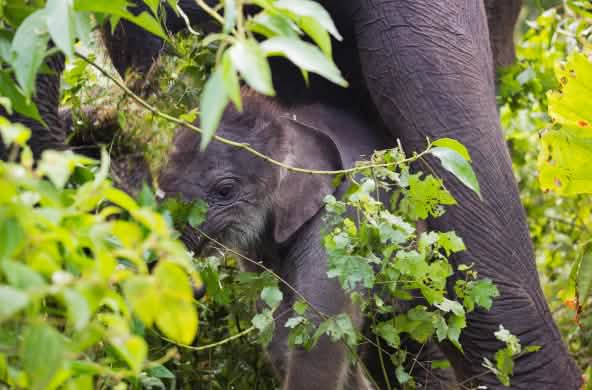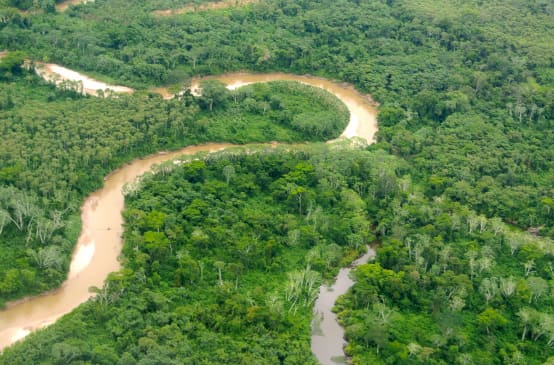
The “Tigers of Pining” reforest the Leuser ecosystem
Indonesia: On the upper reaches of the Tamiang River, the residents of the village of Pining are healing the wounds in the Leuser ecosystem. Thousands of seedlings will grow up to restore the rainforest.
“We’re trapped here and can’t get out,” says Usman Ali. He is stuck in place due to devastating floods in the Leuser ecosystem, the largest forest area in Sumatra and the only place on Earth where elephants, tigers, orangutans and rhinos share the same habitat. Tropical downpours have turned the rivers into torrents.
The cause of the flooding, according to the indigenous inhabitants of the forest villages, is deforestation in what should be a protected area. Clear-cutting for tropical timber, oil palm plantations and mining has been ripping gaping wounds into the remote forest region for years, and the uncovered ground can no longer absorb the rainwater. In 2021 alone, the region experienced nearly 1,500 floods and 300 landslides, sometimes costing local people their lives.
But there is hope: The villagers are taking the future of the Leuser ecosystem – and thus their own future – into their own hands. Usman Ali: “The forest protects us from flooding. And it not only has ecological value, it also provides us with our livelihoods”. Several years ago, Usman Ali founded the “Tigers of Pining” – the guardians of the forests and rivers – together with other villagers. Their mission: to protect the land from illegal loggers and poachers. They are pushing back against corporations that want to mine there, and the government’s plans for hydroelectric plants.
With the support of Rainforest Rescue, the Tigers of Pining have set up a tree nursery with seedlings of rainforest and fruit trees on the upper reaches of the Tamiang River. In the first stage, the group plans to restore 100 hectares of rainforest. 10,000 seedlings are ready to be planted.
This page is available in the following languages:

Protect Leuser's iconic wildlife!
The Leuser Ecosystem is the only place where orangutans, tigers, elephants and rhinos share a habitat. But a new land use plan could open it.

Climate and the rainforest
Rainforests are tightly intertwined with the climate: while forests are suffering from global warming, they are also the key to climate protection.